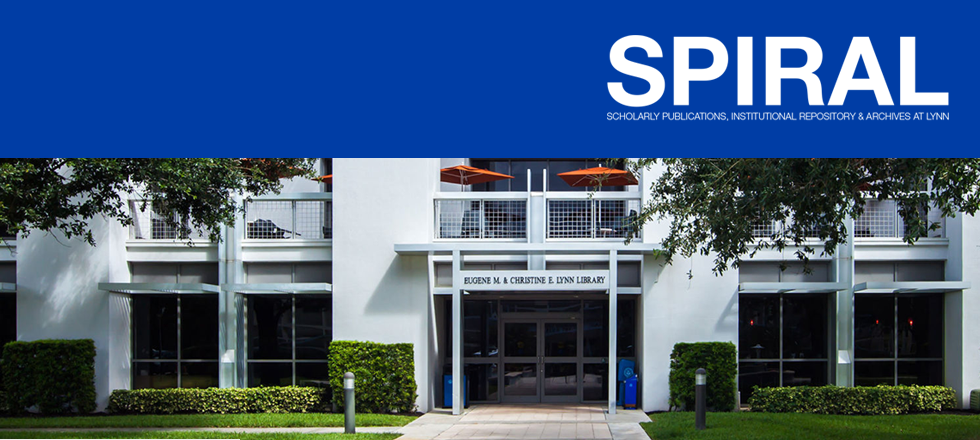Submarine Groundwater Discharge Impacts on Coastal Nutrient Biogeochemistry
Document Type
Article
Publication Date
3-30-2021
Abstract
Submarine groundwater discharge (SGD) links terrestrial and marine systems, but has often been overlooked in coastal nutrient budgets because it is difficult to quantify. In this Review, we examine SGD nutrient fluxes in over 200 locations globally, explain their impact on biogeochemistry and discuss broader management implications. SGD nutrient fluxes exceed river inputs in ~60% of study sites, with median total SGD fluxes of 6.0 mmol m−2 per day for dissolved inorganic nitrogen, 0.1 mmol m−2 per day for dissolved inorganic phosphorus and 6.5 mmol m−2 per day for dissolved silicate. SGD nitrogen input (mostly in the form of ammonium and dissolved organic nitrogen) often mitigates nitrogen limitation in coastal waters, since SGD tends to have high nitrogen concentrations relative to phosphorus (76% of studies showed N:P values above the Redfield ratio). It is notable that most investigations do not distinguish saline and fresh SGD, although they have different properties. Saline SGD is a ubiquitous, diffuse pathway releasing mostly recycled nutrients to global coastal waters, whereas fresh SGD is occasionally a local, point source of new nutrients. SGD-derived nutrient fluxes must be considered in water quality management plans, as these inputs can promote eutrophication if not properly managed.
Publication
Nature Reviews Earth & Environment
Publisher
Springer Nature
Volume
2
Issue
5
Pages
307-323
Department
College of Arts and Sciences
Publication History
- Accepted: 10 February 2021
- Published: 30 March 2021
Recommended Citation
Santos, I. R., Chen, X., Lecher, A. L., Sawyer, A. H., Moosdorf, N., Rodellas, V., Tamborski, J., Cho, H., Dimova, N., Sugimoto, R., Bonaglia, S., Li, H., Hajati, M., & Li, L. (2021, March 30). Submarine groundwater discharge impacts on coastal nutrient biogeochemistry. Nature Reviews Earth & Environment, 2(5), 307-323. https://doi.org/10.1038/s43017-021-00152-0



Comments